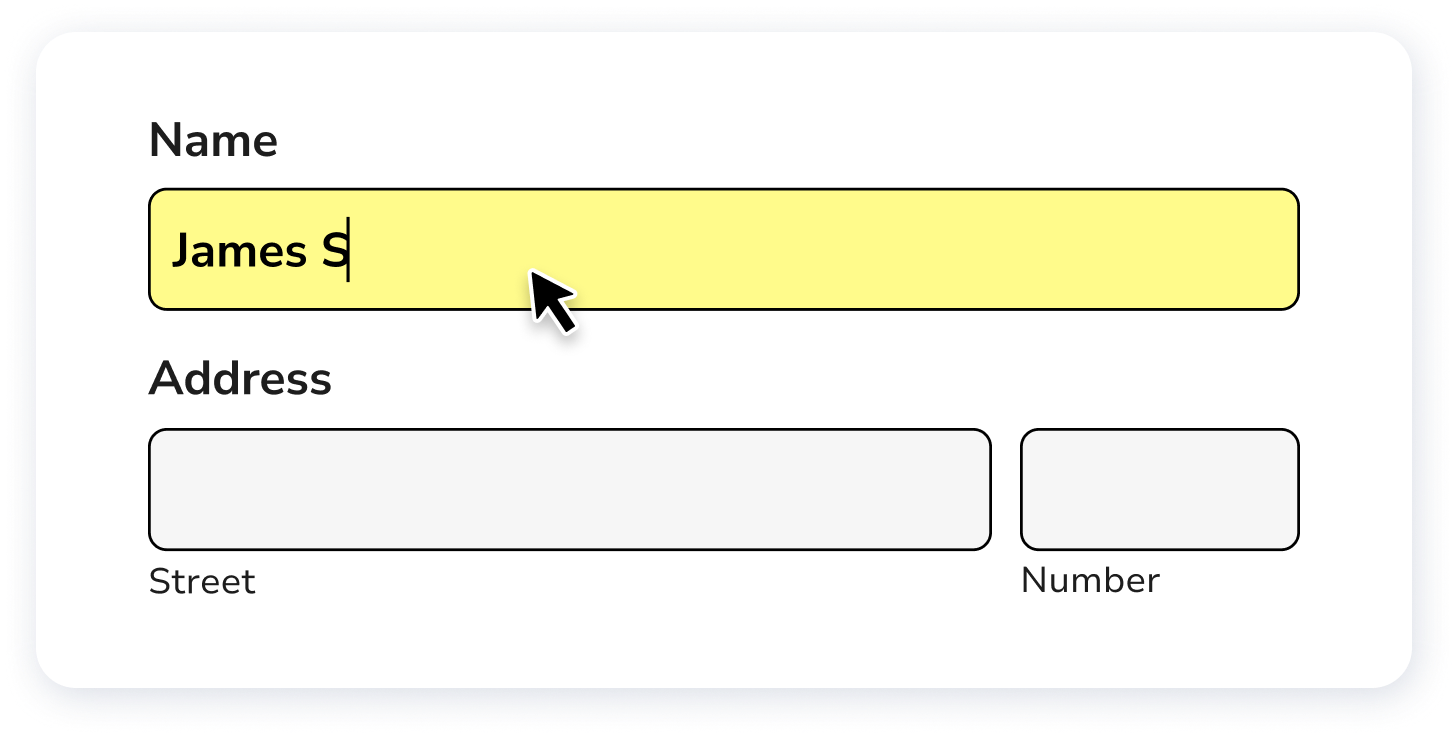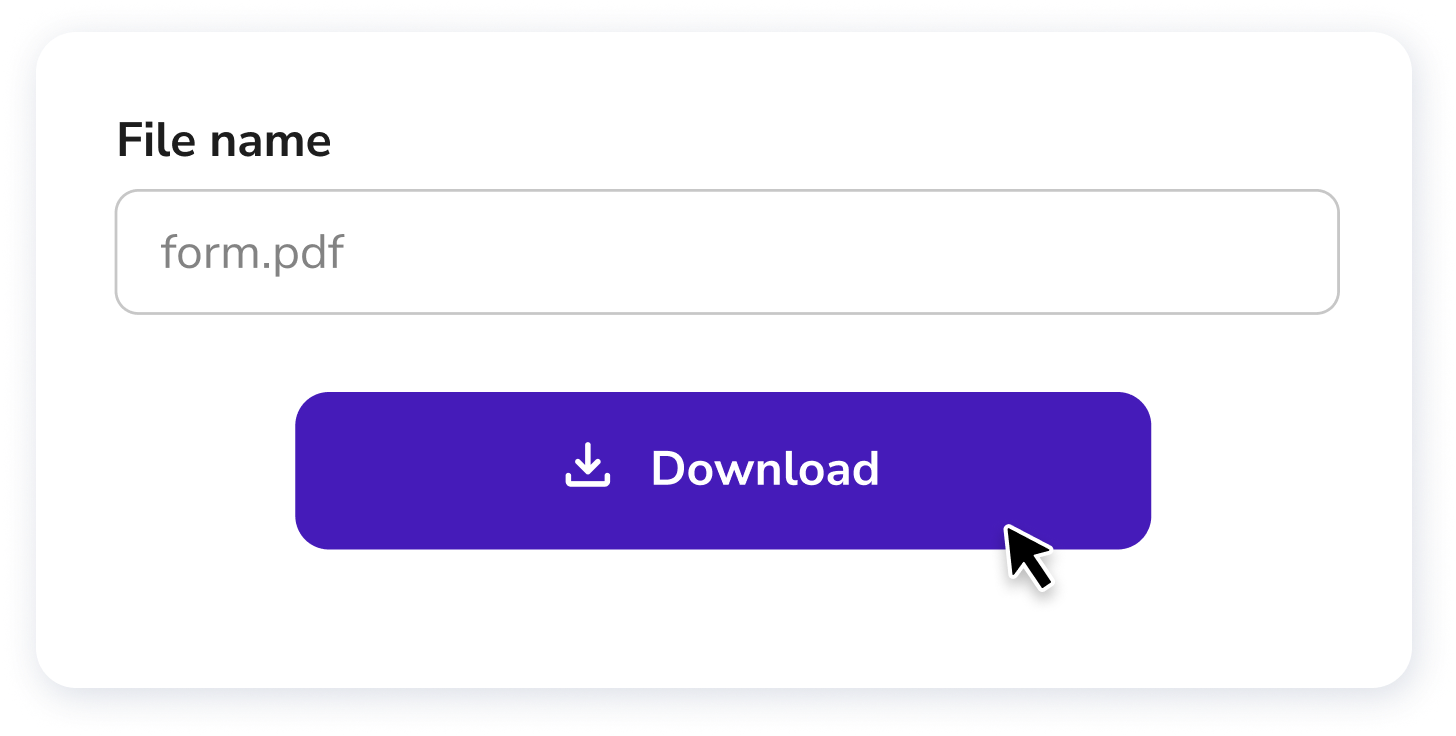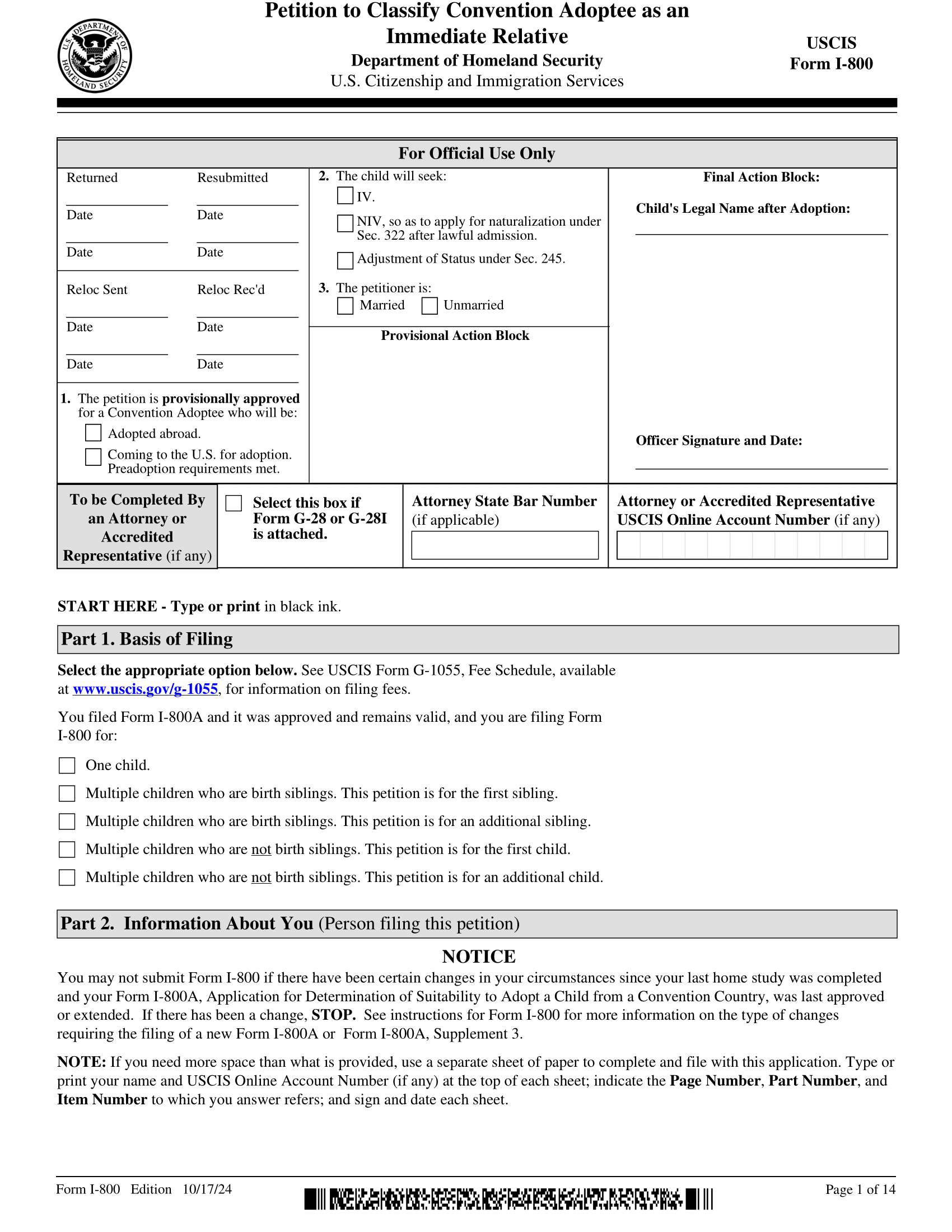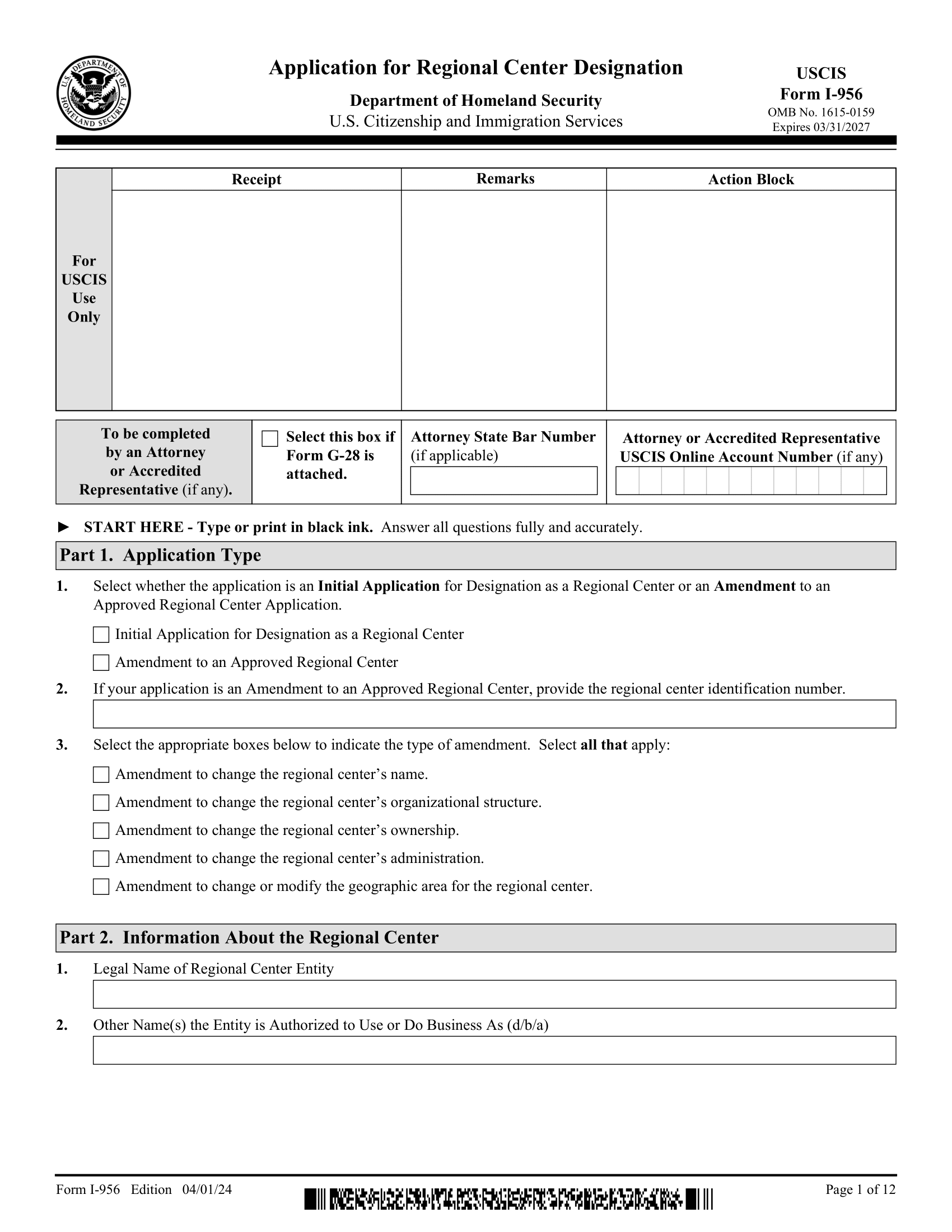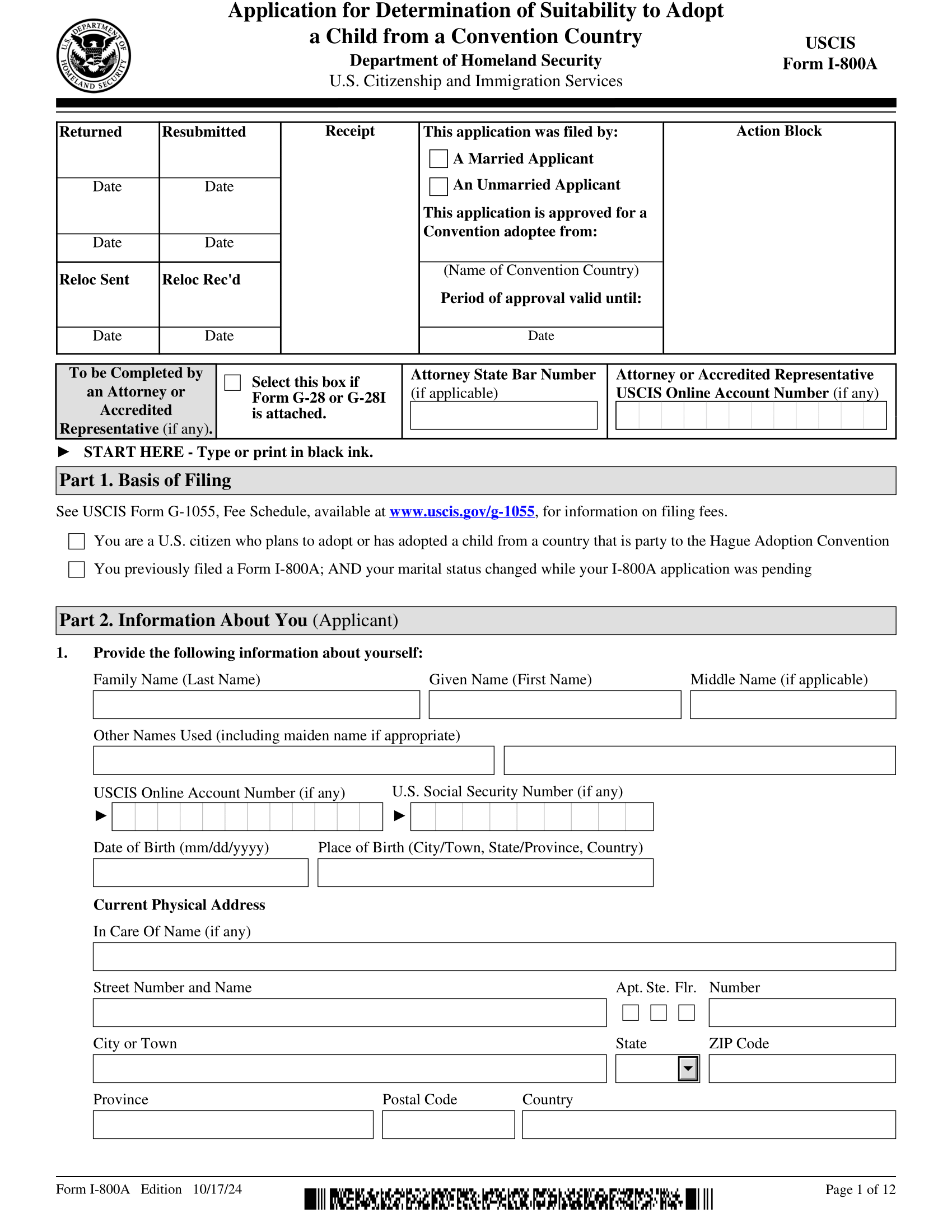What is Form 1310?
Form 1310, Statement of Person Claiming Refund Due a Deceased Taxpayer, is used when someone wants to claim a tax refund for a deceased person. This form is important because it ensures that the rightful individual receives any money owed from the deceased's tax return. Completing this form helps the IRS process the refund correctly and prevents delays in receiving funds that may be necessary for settling the deceased’s estate or covering final expenses.
What is Form 1310 used for?
Form 1310 helps individuals claim a tax refund for a deceased taxpayer. Here’s what it’s used for:
- to report the deceased taxpayer's information.
- to provide the claimant's details.
- to submit required documents with the form.
How to fill out Form 1310?
- 1
Read the instructions on Form 1310 carefully to understand eligibility requirements.
- 2
Fill in the decedent's information, including their name, Social Security number, and date of death.
- 3
Provide your information as the claimant, including your name and relationship to the deceased.
- 4
Indicate the reason for the claim and any refund amount expected.
- 5
Check all fields for accuracy to avoid delays.
- 6
Sign the form. For signature requirements, consult official IRS resources for the latest guidelines.
Who is required to fill out Form 1310?
Form 1310 must be completed by beneficiaries or legal representatives claiming a refund for a deceased taxpayer. This form is essential for those seeking refunds on behalf of the deceased.
Afterward, it is used by the IRS to process the refund claims appropriately.
When is Form 1310 not required?
Form 1310 isn't necessary if the refund is being claimed by the surviving spouse on a joint return. Also, if the estate or a personal representative is filing a return, this form isn't required. Lastly, if no refund is due, there's no need for this form at all. Always verify your specific situation with the IRS guidelines to ensure compliance.
When is Form 1310 due?
The deadline for Form I-690 is not explicitly stated, but it should be submitted as soon as possible after determining you need a waiver. The form is used for specific inadmissibility grounds related to agricultural workers and those applying for legalization under INA sections 210 and 245A.
When preparing your application, ensure all information is accurate and complete. Missing details can delay processing. Always keep copies of your submitted forms for your records.
How to get a blank Form 1310?
To obtain a blank Form 1310, Statement of Person Claiming Refund Due a Deceased Taxpayer, you can access it through our website. The IRS issues this form, and we have a pre-loaded version ready for you to fill out and download.
How to sign Form 1310?
To sign Form 1310 using PDF Guru, first load the blank version of the form in the PDF editor by clicking "Fill Form." Fill out all necessary fields, including the information regarding the deceased taxpayer. Once completed, create a simple electronic signature by following the platform's instructions.
After signing, click "Done" to download your filled form. Make sure to consult official sources for any specific signature requirements related to Form 1310 to ensure compliance.
Where to file Form 1310?
Form 1310 can only be filed by mail. You must print the completed form and send it to the IRS address listed in the instructions.
Online filing is not an option for this form. Make sure to keep a copy for your records before mailing it to the IRS.

